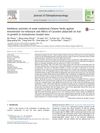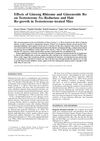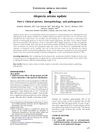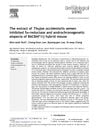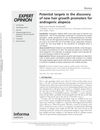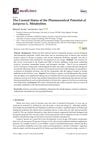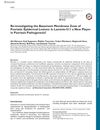Hair Growth-Promoting Effect of Resina Pini and Its Main Constituent, Abietic Acid, in Mouse Model of Alopecia
September 2016
in “
Journal of the Society of Cosmetic Scientists of Korea
”
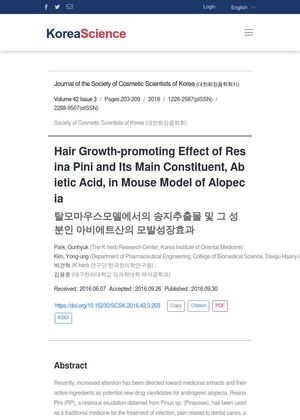
TLDR Pine resin and abietic acid were found to promote hair growth in mice.
The study conducted 7 years ago found that Resina Pini (RP), a resinous exudation from Pinus sp., and its main constituent, abietic acid (AA), significantly promoted hair growth in a C3H/HeN mouse model of alopecia. The doses used were 10 to 300 mg/kg for RP and 3 to 30 mg/kg for AA. This was the first report of the hair growth-promoting effects of RP and AA in vivo. The study suggested that RP and AA promoted hair growth by inhibiting 5α-reductase activity, making them potential alternative therapies for androgenic alopecia.
